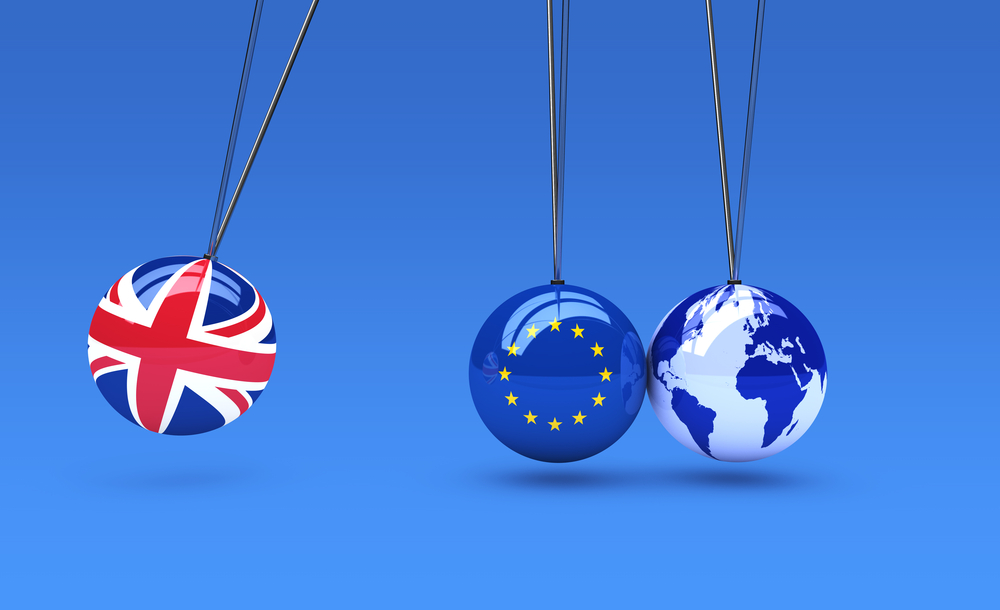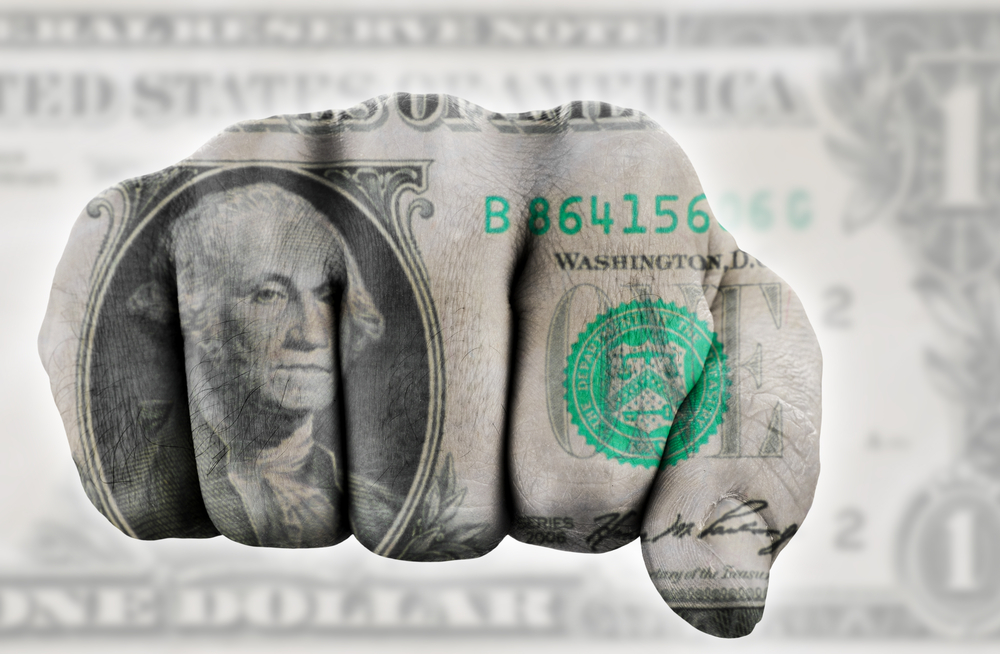There’s nothing like trying to teach the sport of basketball to a group of 9-year-olds…
That’s right — you can call me “Coach JL” from now on. That’s my new occupation a few nights every week, as my son and his teammates try to figure out how to play a game that — like the global economy— is a lot more complex than it looks on TV.
Our first contest was more like rugby. Lots of hacking across the arms, bodies crumpling to the court as kids flailed for the ball. But at some point during the second contest came a revelation. They figured out that the game has a certain loose rhythm to it — dribble, dribble, pass, shoot, rebound. Suddenly they looked like a real team out there!
It was great — until the other team brought in a new kid, a terrific little ball handler. He managed to change the whole tempo of the contest. My kids struggled while they adjusted to the game’s new pattern.
And I suspect that’s where we are right now in the big picture of global finance. There’s a new pattern just starting to emerge that’s going to change the economic ballgame…
It’s called inflation — “a persistent, substantial rise in the general level of prices,” according to the dictionary.
It’s a phenomenon so completely missing in recent years we could probably put the word on the back of a milk carton alongside a chart of America’s flatlined Consumer Price Index.
But no more.
This Inflation Trend Is No Friend
Last month, consumer prices leaped 1.5% — the largest in nearly two years. For that, we can thank the rebound in oil prices this year (something we’ve warned that’s likely to continue), as well as the ongoing bull market in certain industrial metals like zinc (which we’ve also talked about).
It’s not just the United States…
- “Eurozone Inflation Reaches 2-Year High” (Financial Times)
- “South Korea Consumer Prices Surge” (MarketWatch)
- “October Consumer Prices Rise for 7th Straight Month” (Bangkok Post)
But the price increases aren’t just happening at the consumer level anymore. They’re starting to happen at the manufacturing level too.
And in a place that’s “exporter to the world”: China.
China’s factories — the ones turning out millions of exported sneakers, plastic toys, bath towels, you name it — hiked prices last month for the first time in almost five years.
Let that sink in for a moment: Stuff made in China just became more expensive.
I don’t know about you, but I’m so used to thinking of China as a catchword for “cheap and getting cheaper” that it takes a moment to adjust to the new reality.
This Chinese Export Can’t Be Stopped
Now, let’s consider some of China’s largest trading partners: the United States, Japan, South Korea and Mexico.
When a Chinese factory manager demands a couple yuan more for a shipping container full of cheap ladies’ shoes, what’s the response from the importer? It means charging a little more, in dollars, yen, won or pesos, all the way down the line.
Add in the trend of the last few years, in which Wal-Mart, McDonald’s and many other companies are starting to pay higher wages, and you can see where this is headed next year … and the year after that, and the year after that.
Certainly the bond market is starting to see it. That’s why holders of large amounts of U.S. Treasurys are selling their holdings hand over fist — and have been for months.
Remember that bond yields move up as bond prices move down. Since July, the yield on the 10-year jumped from 1.35% to nearly 1.9% today. Bloomberg called the selling the “worst rout in three years.” And who’s leading the charge? China’s holdings of U.S government bonds recently fell to its lowest level, not coincidentally, in three years as well.
That’s why our own Jeff Opdyke continues to advocate for owning gold as a type of disaster insurance. Rampant inflation, as crazy as that might sound right now, is one of those disasters. (Just ask people in Venezuela or Zimbabwe.)
It’s also not a bad idea to focus some money on companies growing faster than the rate of inflation, such as those recommended by Profits Unlimited editor Paul .
Don’t’ get me wrong. It’s not going to be a straight shot higher with inflation. The factory owner in China can always move his operation to cheaper manufacturing locales in Vietnam or elsewhere. Competition, cheaper materials and more automation all play a role in keeping a lid on rising prices.
But the journey of a thousand miles starts with one step. Inflation starts with one price hike that sticks. After that, the trend is set, and it’s literally a whole new ballgame.
Kind regards,

JL Yastine
Editorial Director









